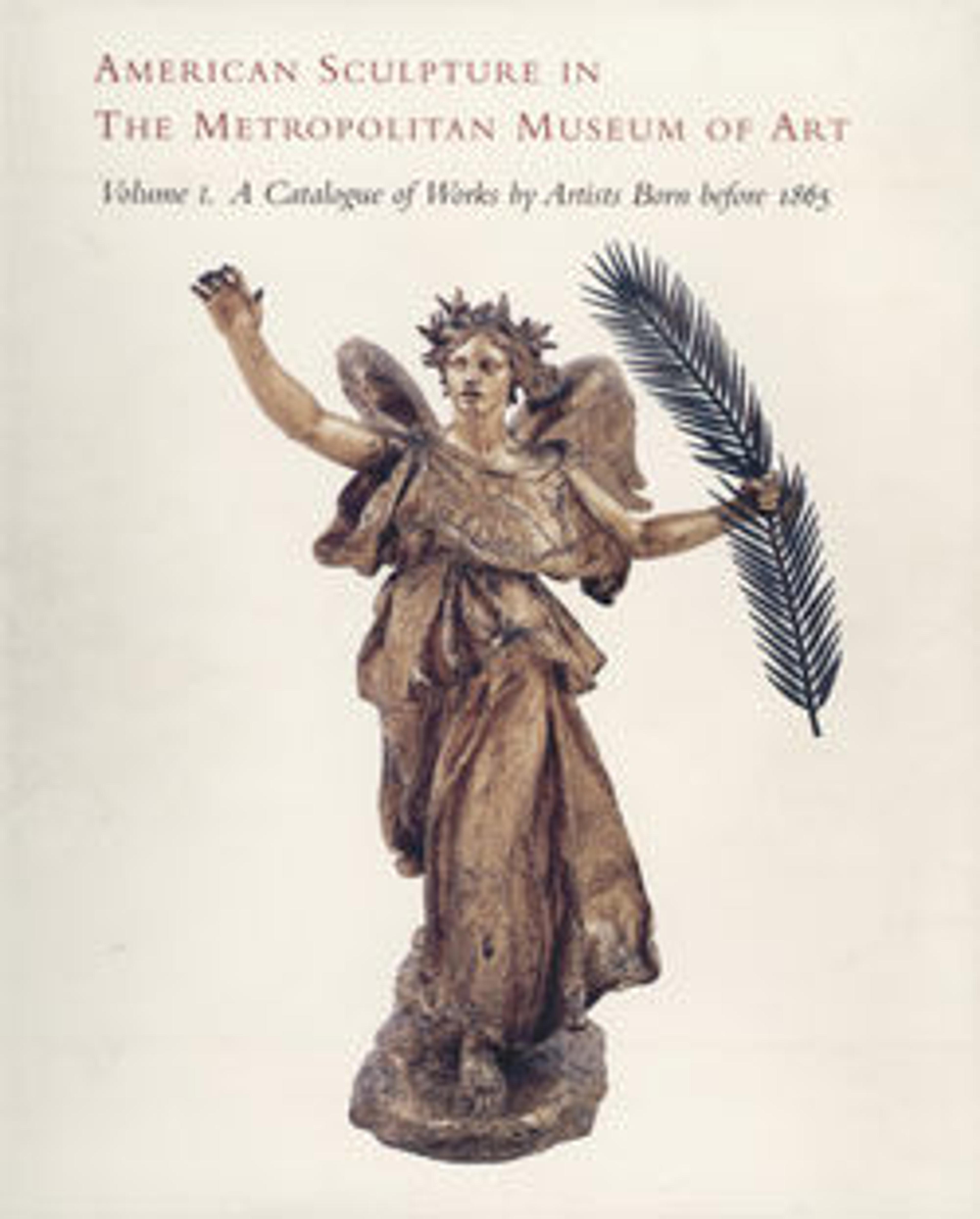The Horses of Anahita or The Flight of Night
The theme of Anahita, Persian goddess of the moon and the night, and the forces of darkness yielding to the coming of light occupied Hunt intermittently throughout his career. Hunt's earliest extant Anahita work may be a pencil sketch, probably from 1847 (American Institute of Architects Foundation, Washington, D.C.), which includes three frenzied horses and an unresolved form of an attendant. In 1848 Hunt began to model the three horses into a high-relief sculpture, perhaps because he was having difficulty working out the plunging horses in two dimensions and much of his training thus far was in sculpture. The illusionistic plaster is a tour de force of alto-relievo sculpture. The charging horses-one restrained by a man holding a torch-burst forth from the background, creating a lively animated surface and a dramatic play of light and shadow. The three-dimensional composition was later incorporated, with slight variation, into Hunt's design for one of the two murals he painted in lunettes in the Assembly Chamber of the New York State Capitol in Albany.
Artwork Details
- Title: The Horses of Anahita or The Flight of Night
- Artist: William Morris Hunt (American, Brattleboro, Vermont 1824–1879 Appledore, New Hampshire)
- Date: ca. 1848–50, cast by 1880
- Culture: American
- Medium: Plaster, tinted
- Dimensions: 18 1/2 x 28 1/2 x 12 in. (47 x 72.4 x 30.5 cm)
- Credit Line: Gift of Richard Morris Hunt, 1880
- Object Number: 80.12
- Curatorial Department: The American Wing
More Artwork
Research Resources
The Met provides unparalleled resources for research and welcomes an international community of students and scholars. The Met's Open Access API is where creators and researchers can connect to the The Met collection. Open Access data and public domain images are available for unrestricted commercial and noncommercial use without permission or fee.
To request images under copyright and other restrictions, please use this Image Request form.
Feedback
We continue to research and examine historical and cultural context for objects in The Met collection. If you have comments or questions about this object record, please complete and submit this form. The Museum looks forward to receiving your comments.
